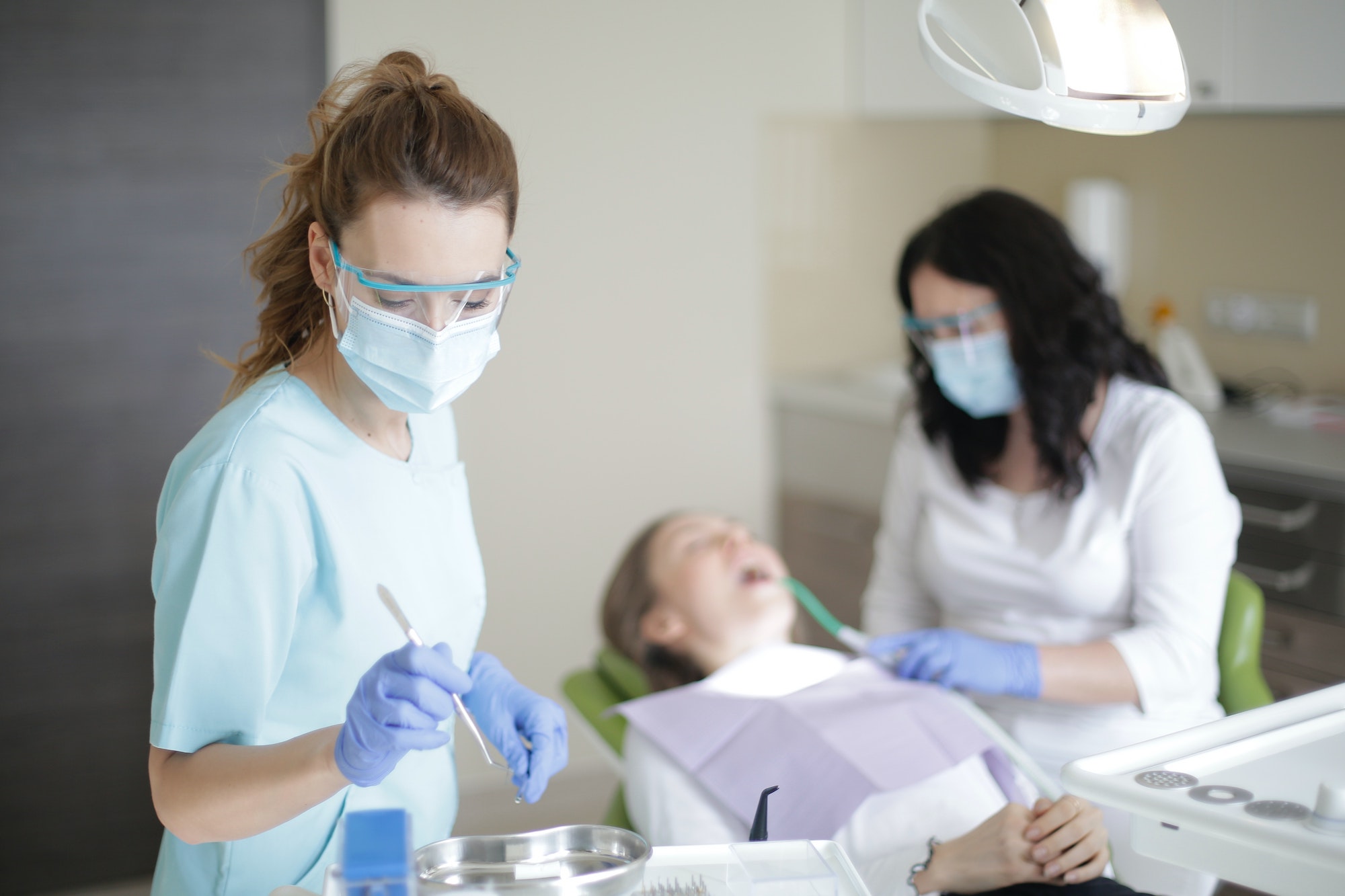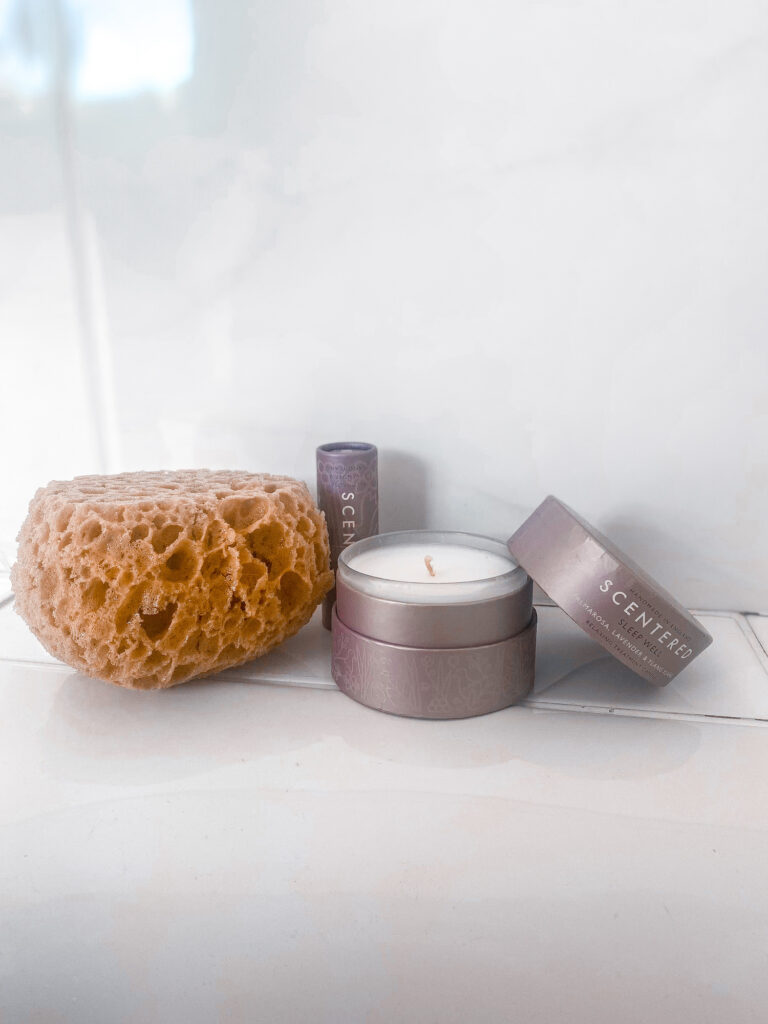6 Things you Must Know Before You Consider Getting Teen Braces
Have you ever observed that your teen’s teeth are not aligned properly or have gaps and crowding and could probably do with teen braces? If you are concerned that this could impact their confidence and self-esteem, then taking them for a dental check-up would be the right first step towards learning more information about braces for teens.
6 Things you Must Know Before You Consider Getting Teen Braces
The decision to have braces should not be taken lightly, as it’s not just about the sake of gaining social status. There are many things to consider before getting braces, and it is important to learn about them before making a decision.
Here’s what you need to know that you may find helpful. Continue reading.
Overview of Teen Braces
Braces can cure dental problems like crooked, gapped, or crowded teeth. Numerous braces are available, including the more common metal braces and brackets, clear or ceramic, and transparent plastic aligners such as Invisalign.
According to this dentist in Charlotte, the best orthodontic treatment for your teen will depend on their dental situation. In most situations, extreme cases of misalignment will require metal braces while mild cases will only require Invisalign.
Your smile’s health, function, and aesthetics will all benefit from braces.
Critical Considerations Before Getting Braces For Teens
Here are six things to keep in mind when considering teen braces for your teenager.
Your Teen’s Diet Will Change
If your teenager has braces, it’s helpful to talk to others who have gone through the experience. Sticking to soft foods like yoghurt and soup for the first few days is best, as different textures may cause discomfort. Your teen should avoid foods that can trigger sensitivity after getting braces, such as ice cream, spicy dishes, and citrus fruits.
Sticky or hard foods can damage the wires or brackets of metal braces, so it is important to steer clear of these types of meals. These include popcorn, gum, hard candies, chewy or crusty foods like a pizza crust and crackers with a firm exterior.
Assure your child that the dietary limitations are temporary and will lead to a stunning new smile. It is best to avoid certain foods during this time to maximise the benefits of treatment.
By being mindful of your teenager’s diet, you can help them have a more comfortable and successful experience.
Consider Your Payment Plan
The cost of braces can add up. The actual price of your orthodontic treatment will depend on several factors, including the type of braces you decide to get, the initial deposit to your teens’ orthodontist and the duration of the treatment. Your location in the country is also an additional cost. For example, if you live in Sydney, Australia, the dental procedures at the clinic might be more expensive.
It would be best if you had a plan for paying for your teen’s orthodontic work before you go ahead and get them braces. Call your dental insurance provider and ask them what procedures they will cover. Talk with your orthodontist and ask about the possibility of making a small payment towards the cost of the braces per month.

Know the Different Types of Braces
Be aware that there are different kinds of braces from which you will have the opportunity to choose. For example, traditional wire braces are the most cost-effective of the available options. They are also the most obvious ones.
Clear braces alternatives like Invisalign are particularly well-liked among older teens and adults since these are less noticeable than traditional metal braces. They are also readily available, with Invisalign in Birmingham or a city near you straightforward to obtain. Nevertheless, Invisalign may take a bit more maturity because your teen must ensure they wear aligners for at least 20 to 22 hours daily to be effective. Also, the cost of Invisalign is higher.
Your teen may also be interested in ceramic braces. These braces use either clear or tooth-coloured brackets and, in some cases, clear wires. Ceramic braces are more expensive than their metal counterparts but are incredibly long-lasting.
Braces Tightening Process Can Cause Pain
Your teenager will need to have the braces that they are wearing adjusted approximately every six weeks. Giving them the picture-perfect smile they have been waiting for is essential.
After your teen has regular tightening appointments, you should have some pain medicines and soft meals on hand if they experience discomfort. Smoothies can be a method to ensure your teen gets the nutrition they need without putting unnecessary strain on their orthodontic appliances. Yet, sometimes, teens experience only a moderate amount of discomfort and are immediately prepared to resume their typical activities.
Have a Braces Care Kit
Some teens carry a “kit” for their dental hygiene to school. A small amount of wax can assist in reducing bleeding by preventing contact between the braces and the gums.
Some teens also prefer to bring a toothbrush and tube of toothpaste to class so they can always brush their teeth after eating. This is especially crucial to remember when wearing clear braces, which allow food to be seen through the brackets.
Your Teen Worth It!
Are braces worth it for my teenager?
Orthodontic braces can cause discomfort and annoyance for your teen, but the results will definitely be worth it.
Straight teeth make it less likely for food to get stuck, leading to better oral health for your teen. In addition, a confident smile they can be proud of will boost their self-esteem. Make sure to remind your teen of the potential benefits that will come from their orthodontic treatment and encourage them to stay patient throughout the process.
Final Thoughts
There are many benefits associated with braces for teenagers. By getting the necessary teeth-straightening work done at a young age, your child can enjoy a beautiful smile for the rest of their life. If you prepare your teen properly, they will be all set for their brand-new braces in no time at all.







